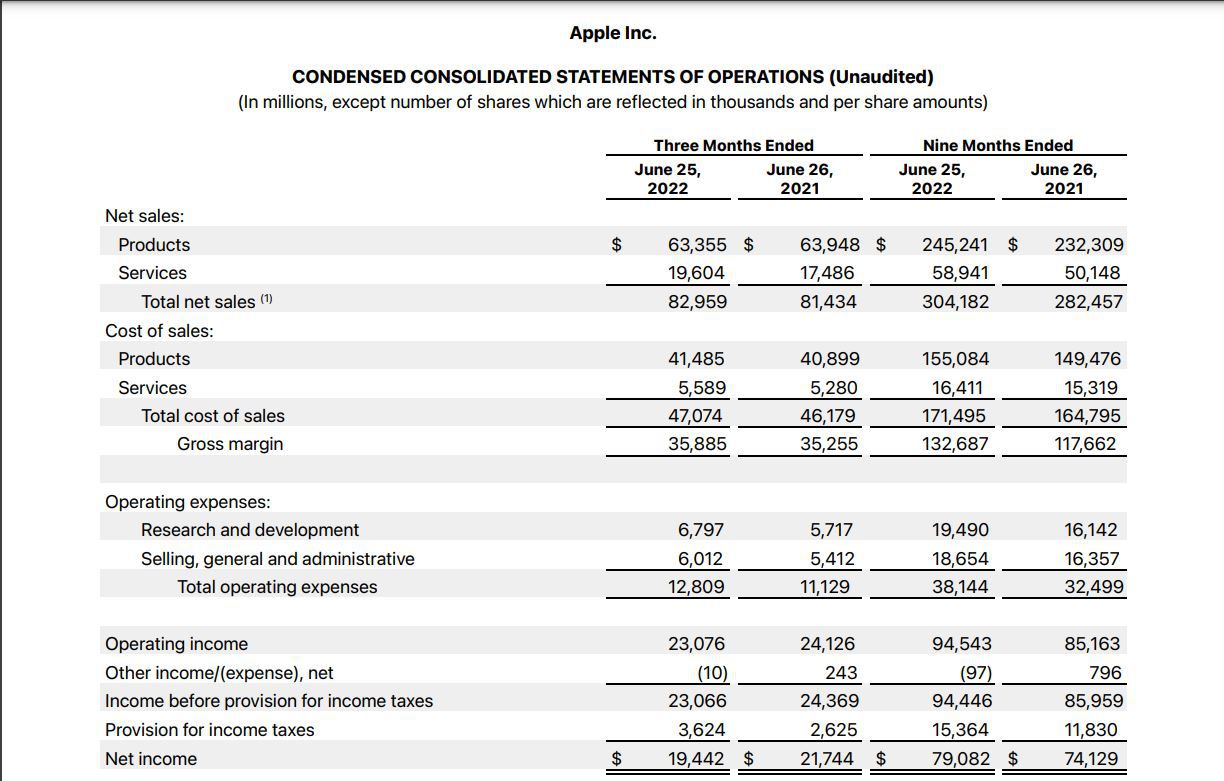

Finance
Attribute Bias Definition
Published: October 10, 2023
Learn what attribute bias means in the field of finance and how it can impact investment decisions. Gain insights into this important concept and make more informed choices for your financial goals.
(Many of the links in this article redirect to a specific reviewed product. Your purchase of these products through affiliate links helps to generate commission for LiveWell, at no extra cost. Learn more)
Understanding Attribute Bias in Finance: A Comprehensive Guide
In the vast world of finance, understanding concepts like attribute bias can be crucial for making informed investment decisions. Whether you’re a novice investor or a seasoned professional, being aware of attribute bias and its implications can help you navigate the complex landscape of the financial markets. In this blog post, we will define attribute bias, explore its various forms, and discuss its relevance in the realm of finance.
Key Takeaways:
- Attribute bias refers to the tendency of individuals to make decisions based on specific features or attributes, often overlooking other important factors.
- Understanding attribute bias is essential for investors as it can influence investment choices and potentially lead to suboptimal outcomes.
Defining Attribute Bias
Attribute bias, also known as attribute substitution, occurs when individuals rely on easily accessible attributes or features to make decisions, rather than thoroughly evaluating the pertinent information available. It is a cognitive bias that affects how we process complex information and can significantly impact financial decision-making.
Imagine a scenario where an investor is considering investing in a stock. The investor might fixate on a single attribute such as the company’s recent positive earnings report, disregarding other critical factors like market trends, industry competition, or debt levels. This tendency to rely on one attribute while neglecting others can lead to biased investment decisions.
The Forms and Impact of Attribute Bias in Finance
Attribute bias can manifest in various ways within the field of finance. Let’s explore some common forms and understand their significance:
- Anchoring: Anchoring bias occurs when individuals rely too heavily on the first piece of information they encounter when making decisions. For example, an investor may anchor their valuation of a company based on its initial public offering (IPO) price, disregarding fundamental analysis or market conditions.
- Confirmation Bias: Confirmation bias is the tendency to seek out information that confirms our existing beliefs or hypotheses while disregarding evidence that contradicts them. In finance, this bias may lead investors to only consider news or analysis that supports their preconceived notions regarding a stock, rather than evaluating a broader range of information.
- Status Quo Bias: Status quo bias refers to the inclination to stick with familiar investment choices rather than exploring new alternatives. It can prevent investors from diversifying their portfolios or adapting to changing market conditions.
- Herding Behavior: Herding behavior occurs when individuals follow the actions or decisions of a larger group, often without thoroughly evaluating the rationale behind those choices. This bias can lead to market bubbles or crashes, as investors may indiscriminately follow the crowd instead of conducting their independent analysis.
Managing Attribute Bias for Informed Decision-Making
While attribute bias is a natural cognitive tendency, there are strategies investors can implement to mitigate its impact on decision-making:
- Diversify your information sources: Seek out different opinions, analysis, and perspectives to avoid confirmation bias and gain a holistic understanding of investment options.
- Consider multiple attributes: Instead of fixating on one characteristic, evaluate a range of factors, including financial performance, market trends, competitive landscape, and management quality when making investment decisions.
- Challenge your assumptions: Regularly question your beliefs and assumptions to reduce the influence of anchoring bias.
- Stay informed: Continuously monitor and stay up-to-date with market developments to avoid falling victim to herding behavior or status quo bias.
By being aware of attribute bias and actively working to counter its effects, investors can make more informed decisions, reducing the risk of suboptimal outcomes.
In Conclusion
Attribute bias is a prevalent cognitive bias that can significantly impact decision-making in the field of finance. Understanding attribute bias is crucial for investors as it can influence investment choices and potentially lead to suboptimal outcomes. By recognizing the various forms of attribute bias and implementing strategies to manage it, investors can enhance their ability to make well-informed decisions in an ever-changing financial landscape.














